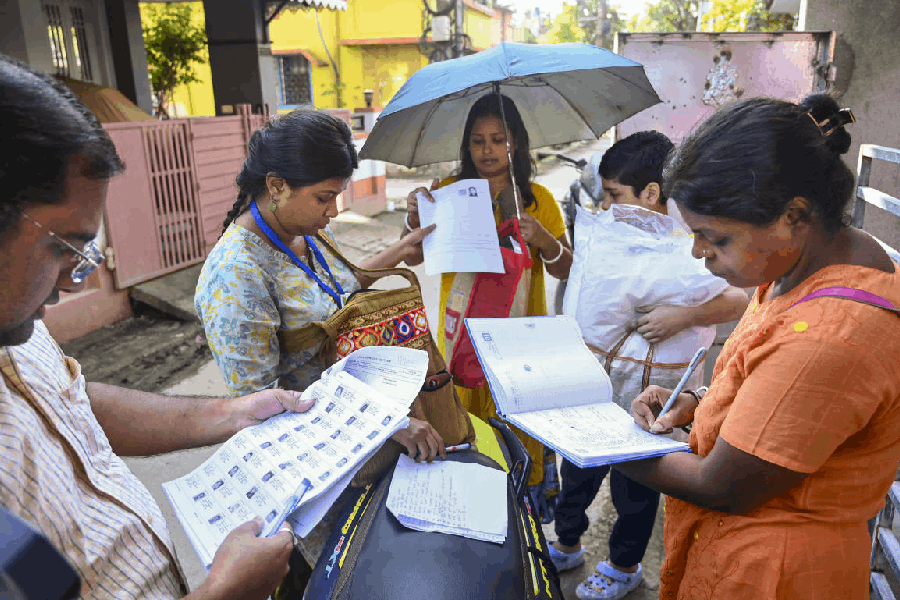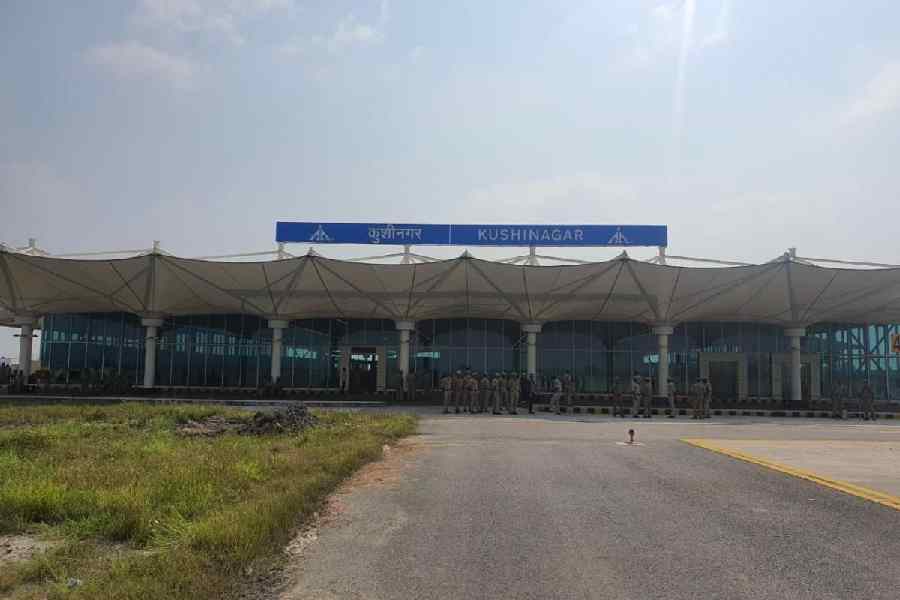 |
What is one of the most important decisions a company can make? It’s where to put the coffee.
OK, maybe it’s not quite as earth-shattering as, say, hiring a CEO or choosing which products to make. But well-designed beverage areas are a surprisingly important contributor to productivity, according to Ben Waber, president and CEO of Sociometric Solutions, a workplace consulting firm.
“In general when we look at what makes people happy and effective at work, it’s being able to spend time with a close group of people,” Waber said. “You need to structure work in such a way that people have those opportunities.”
Taking frequent breaks allow workers to recharge their internal energy. Individual breaks — a walk around the block or quiet time alone in a conference room — enable a worker to return, refreshed, to arduous pursuits.
But social breaks are also important to a worker’s — and a company’s — well-being. They reinforce bonds, improve morale and increase possibilities for collaboration.
Which brings us back to beverages. Sociometric recently worked with a pharmaceutical business that had many different pantry areas with no seating. And employees apologised to Waber about the awfulness of the coffee.
This represented “a big opportunity lost,” he said. After analysing worker communication patterns, Sociometric recommended that the company remove many of the small spaces and create a big, central gathering area with ample seating — and better coffee.
As a result, people began mingling with a wider array of co-workers, and levels of collaboration and performance improved, Waber said.
Breaks are also meant for venting. Consider Sociometric’s experience with call centres at a major bank. The bank had thought it would be more efficient to stagger workers’ breaks so that not too many people from a team were off at the same time.
Somewhat counterintuitively, Sociometric advised the bank to schedule breaks for a team together, with an alternate crew filling in. The results were a 25 per cent improvement in the number of calls answered and a reduction in employee stress, Waber said.
No one was forced to socialise during the breaks, but the new schedule created a natural way for employees to vent about problems and seek help from one another, he said.
There’s little sense in ordering employees into the break room. Requiring employees to socialise can bring stress, and while it may further work or career goals, it can run counter to a break’s function of restoring energy, said John P. Trougakos, an assistant management professor at the University of Toronto Scarborough and the Rotman School of Management.
Technology companies have long embraced the concept of voluntary group breaks as a path to creativity and collaboration. In fact, the idea for Gmail was first conceived by a small group at one of Google’s cafes, said Katelin Todhunter-Gerberg, a senior associate on Google’s communications team.
In addition to cafés and coffee bars, Google provides Ping-Pong tables, pool tables and video games. It even has a bowling alley that can be booked like a conference room. Employees can also hike, bike and train for races together, and form groups for activities like wine tasting.
Breaks are also good simply because they propel people out of their chairs. The evidence is overwhelming that prolonged sitting endangers workers’ health, and that people who move often throughout the day are healthier than those who stay seated.
That’s why Dr Toni Yancey, a professor of health services at the University of California, Los Angeles, supports group exercise breaks. Her studies have shown that such exercise can reduce sick leave and workers’ compensation claims.
She developed a range of exercises for people who are “your typical overweight sedentary adults,” wearing almost any attire. Ideally, the exercises are to be performed in two 10-minute sessions during the workday. People might dance to salsa music, say, or mimic the motions of pitching and batting in a baseball-themed programme.
Yancey favours voluntary participation in a structured programme that is supported by management. The force of the group, she says, is much stronger than individual good intentions.











